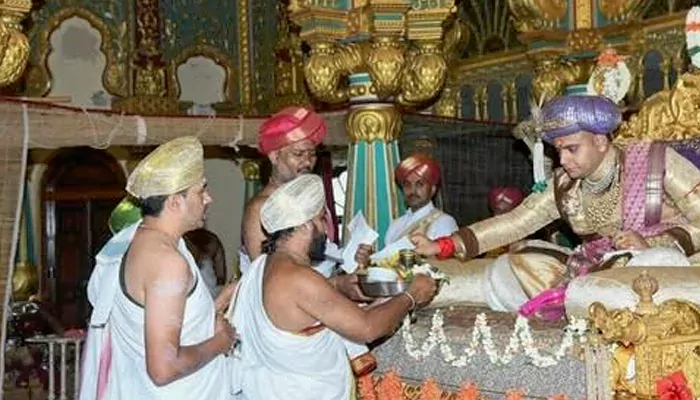
Timeless rituals, living palaces: experience India’s royal legacy today!
Ever wondered what it would feel like to walk through a palace and witness a royal ritual — not in a documentary, not in a period drama, but right in front of your eyes?
Let me tell you a secret: you still can.
India’s royalty may have lost their kingdoms post-independence, but many centuries-old rituals are still alive and thriving — not locked in museums, but still practiced in forts, palaces, and temples across the country. And no, these aren’t just symbolic gestures. These are grand, colourful, and spiritual events where tradition takes center stage.
So, dust off your curiosity and let’s explore the royal rituals that are still stealing the show in modern India.
The streets of Mysuru light up each year during Dasara, but what most people don’t know is that the royal Wodeyar family still performs the traditional rituals inside the famous Mysore Palace, just like their ancestors did.

The current head, Yaduveer Krishnadatta Chamaraja Wadiyar, ceremoniously ascends the golden throne inside the palace during Navaratri. The ritual, named Pattabhisheka, is steeped in symbolism and grandeur, attended by priests, royal aides, and dignitaries.
While the kingdom is gone, the cultural crown remains firmly in place.
In Udaipur, the descendants of the legendary Maharana Pratap still perform one of India’s most awe-inspiring rituals — Gaddi Sthapna, a symbolic enthronement ceremony held at the City Palace.
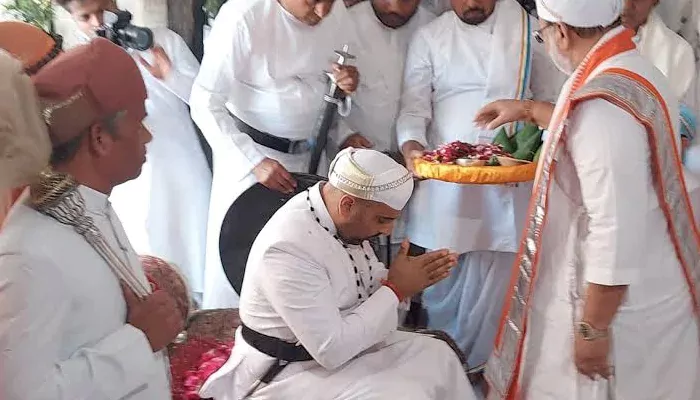
This marks the beginning of Ashwin Navratri and the royal family members offer prayers at the Durbar Hall, lighting ceremonial lamps, and renewing their spiritual and symbolic role as the custodians of Mewar.
In Kerala, the Travancore royal family still performs sacred duties at the Padmanabhaswamy Temple, one of the richest and most revered shrines in the world.
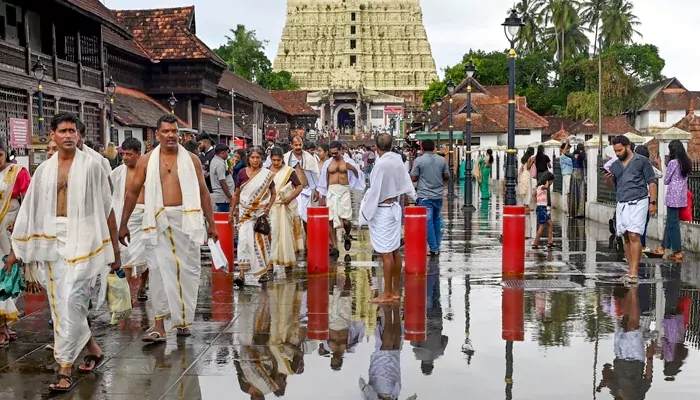
Though the Indian government abolished royal titles in 1971, the head of the Travancore family is still referred to as “Padmanabha Dasa”, meaning “Servant of the Lord.” The family members personally lead temple festivals, offer prayers, and manage religious traditions that date back centuries.
During this festival, power humbly bows to the divine.
In Jaipur, the former royal family continues the famous tradition of elephant processions, especially during Gangaur and Teej festivals.
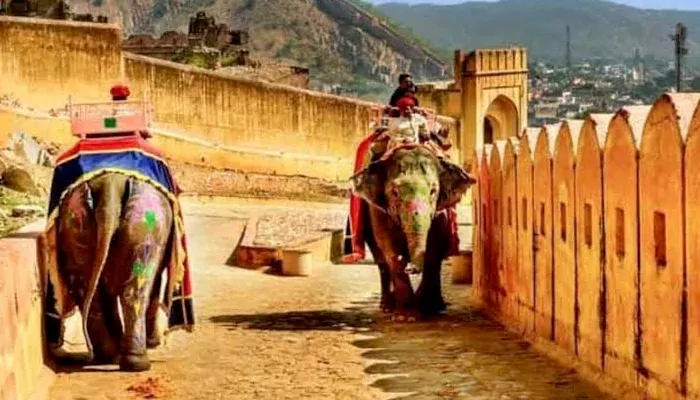
The royal stables at Amber Fort are home to elephants that are pampered, painted, and paraded with grandeur — just like in the old days. These processions aren’t only for tourists — they’re celebrations of legacy.
At the massive Kumbh Mela, attended by millions, a unique royal ritual is followed — the Shahi Snan (literal meaning: Royal Bath). While it may not involve kings in crowns, the leaders of Akharas (spiritual monastic orders) march like ancient warrior kings, complete with elephants, chariots, and swords.
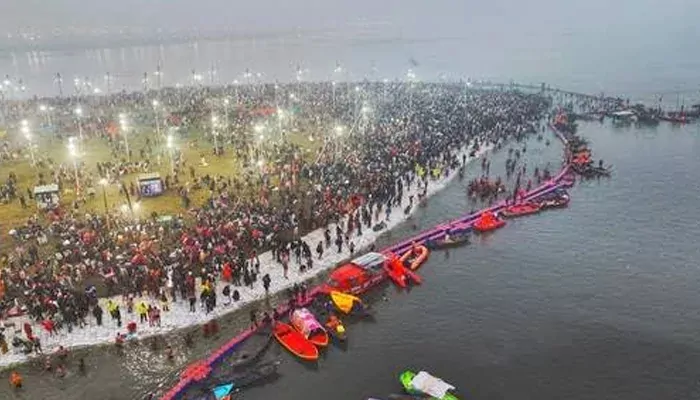
The Shahi Snan is a ceremonial dip that blesses the entire festival, showing that in India, even holy men carry a royal aura.
Let’s be real — in this fast-paced digital world, rituals like these may seem like relics. But they are far from irrelevant. The performers are living chapters of India’s real story, passed down not through textbooks but through tradition, rhythm, and devotion.
These rituals are about honoring heritage, preserving culture, and reminding the next generation that India’s soul is rooted in its past despite racing fast into the future.
If you ever thought that Indian royalty was just a museum exhibit or a period film theme, think again. Some are even happening in your state every year. And you don’t need a crown or special title to witness them. Just a curious heart, and a love for stories that refuse to die.
Step into history. You might just find yourself bowing to the past — and loving every moment of it.